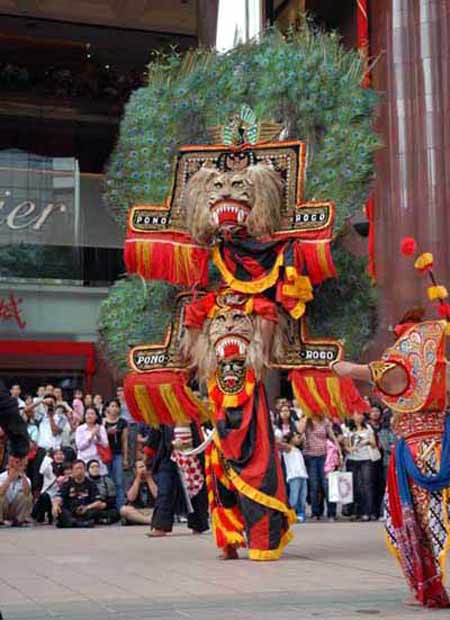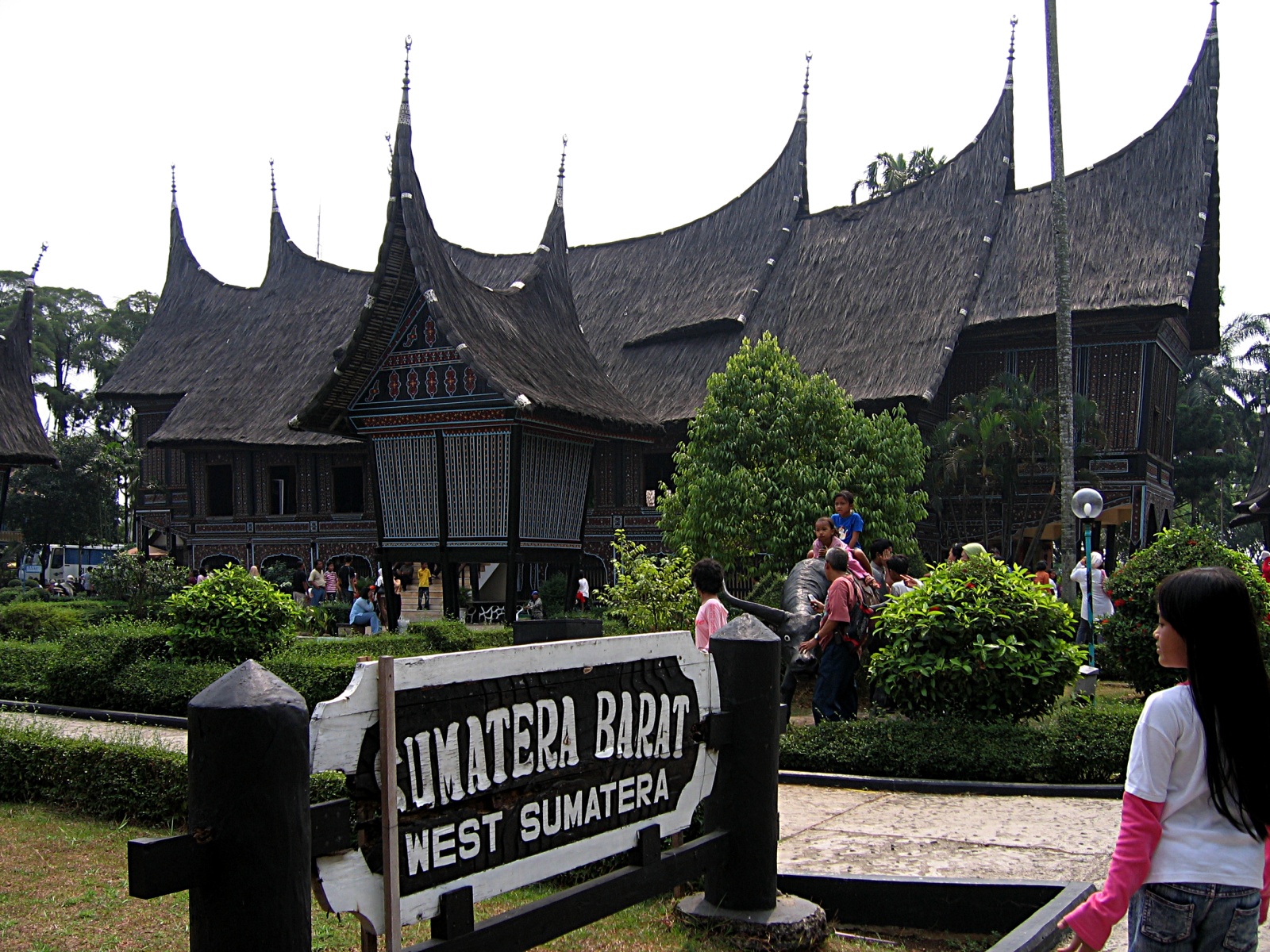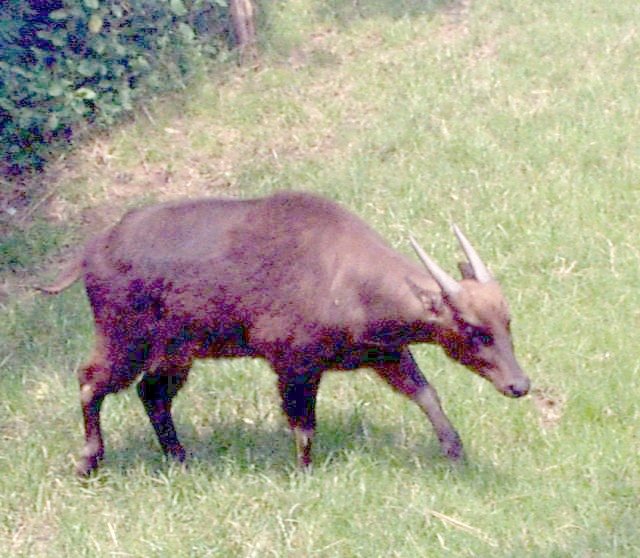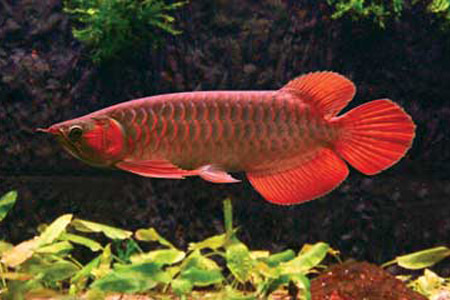Taman Mini Indonesia Indah (TMII) or "Beautiful Indonesia Miniature Park" (literal translation) is a recreational area for culture in East Jakarta, Indonesia. It covers about 250 hectares. The park is a summary of the Indonesian culture, with nearly all aspects of daily life in Indonesia, 26 (1975) provinces in separate pavilions with the collections of architecture, clothing, dances and traditions represented encapsulated all working fine.
Apart from that, there is a miniature lake with an island in the middle, the cable cars, museums, theater called Theater "My Homeland (Tanah Airku theater) and other recreational facilities that the TMII One of the most popular tourist destinations in the city.
Since every Indonesian province has its own culture and distinct, shelter, clothing and dialects TMII a model built from every house in the provinces of Indonesia. TMII not simply an attempt to rebuild houses in different provinces, but it is a realistic model of the environment and protect the diversity of people in Indonesia. The room to located the large lake in a similar manner on several islands of the Indonesian archipelago, are thematically divided into six zones in relation to the main islands of Indonesia, Java, Sumatra, Kalimantan (Borneo), Sulawesi, Lesser Sunda Islands Moluccas, and Papua.

From 1975 to 2000, is the original design TMII a model home of the 27 provinces of Indonesia, East Timor. But after the secession of East Timor from Indonesia in 2002, the flag of East Timor's status to the Museum of East Timor has to be changed. From Indonesia now consist of 33 provinces, now Bangka Belitung province relocate the flag, Banten, West Sulawesi, North Maluku, Gorontalo and West Papua under construction in the northern part of Park
Following the recognition of Chinese culture in Indonesia as part of the culture of Indonesia in 2000, the new Indonesian flag and a Chinese Confucius Temple is built in the park.
The religious buildings of different faiths agent should show tolerance between religions and religious harmony in Indonesia. Religious buildings are:
* Pangeran Diponegoro Mosque
* Santa Catharina Catholic Church
* Halelu Evangelical Church
* Penataran Kertabhumi Hindu Temple Bali Agung
* Arya Buddhist temple Dwipa Arama
* Sasana Nyawo Samber Adirasa Pangeran
* Temple of Confucius (under construction)
There are about ten gardens within TMII complex distributed, but most are mainly in the north and northeast of the main lake:
* Orchid Garden
* Herbs Vegetables
* Cactus Garden
* Garden of jasmine
* Keong EMAS (Golden Snail) Flower Garden
* Freshwater Aquarium
* Bekisar (a type of valve) Services
* Bird Park
* Taman Ria Park Atmaja, theater and music
* Taman Budaya Tionghoa Indonesia, an Indonesian Chinese Cultural Park (under construction)
Fourteen museums in TMII:
* Museum of Indonesia
* Purna Bhakti Pertiwi Museum
* Soldier's Museum
* Museum of Indonesia Stamps
* Pusaka (inheritance) Museum
* Museum of Transport
* Museum of Electricity and Energy New
* Telecommunications Museum
* Penerangan Museum
* Sports Museum
* Asmat Museum
* Zoological Museum and Reptile Park Komodo
* Insect Museum
* Research Center for technology and computer science
* Oil & Gas Museum
* The Museum for East Timor (former flag of the province of East Timor)
And many other Vanua Keong more space than the big theaters, attractions, leisure facilities and a replica of the Indonesian traditional house.

















